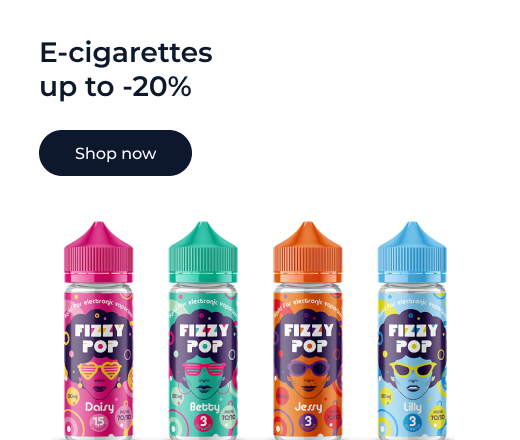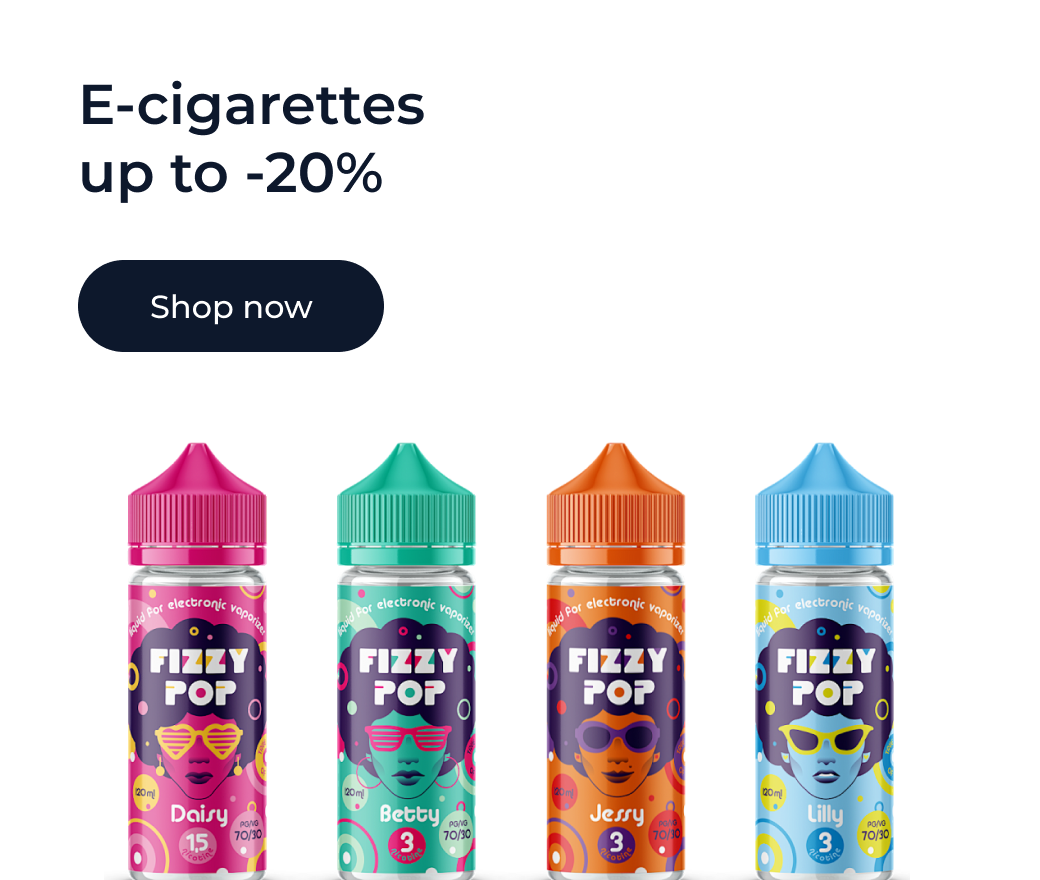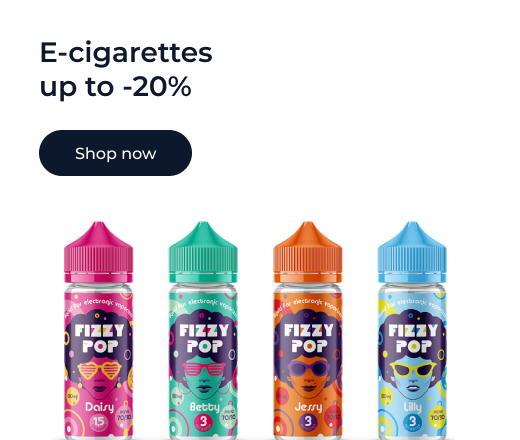Vaping Better For Your Smile Say Scientists
2020-01-14
VAPING causes significantly less staining to teeth compared to cigarettes, a new study has found.
In the first experiment of its kind, scientists exposed enamel to smoke from cigarettes, tobacco heating products and e-cigarettes.
Researchers said that while tar has long been to blame for yellowing teeth when burning cigarettes, the next generation of products are “less complex” and contain lower levels of toxins.
The study, which was published in the American Journal of Dentistry earlier this week, found that enamel exposed to vape products, even with heavy use, are no less stained than the teeth of non-smokers.
In stark contrast, cigarette smoke caused significant discoloration after two weeks of smoking 20 a day.
Annette Dalrymple, senior scientist at British American Tobacco in the UK said: “Many studies have postulated that it is the tar in cigarette smoke that stains teeth.
"The study clearly shows that the e-cigarettes and tobacco heating products assessed caused minimal discoloration - very promising for consumers.
“However, further studies are required to understand the long-term effect on teeth staining and oral health when smokers switch to using next generation products."
During the study, the team carried out the tests on enamel blocks cut from bovine incisors - substitute for human teeth in dental research.
The enamel blocks were exposed to the particulate matter (isolated from the smoke/vapor) for 14 days and then whole smoke/vapor for five days.
The enamel samples were assessed before, during and after treatment and color readings were determined using an established method involving spectrophotometer and trained scientists.
Discoloration of enamel blocks exposed to cigarette smoke was apparent in as little as one day and continued to increase as the concentration of cigarette smoke increased, the findings revealed.
Conversely, exposure to vapor from the e-cigarettes or tobacco heating products resulted in little or no color change that was comparable to the untreated controls










